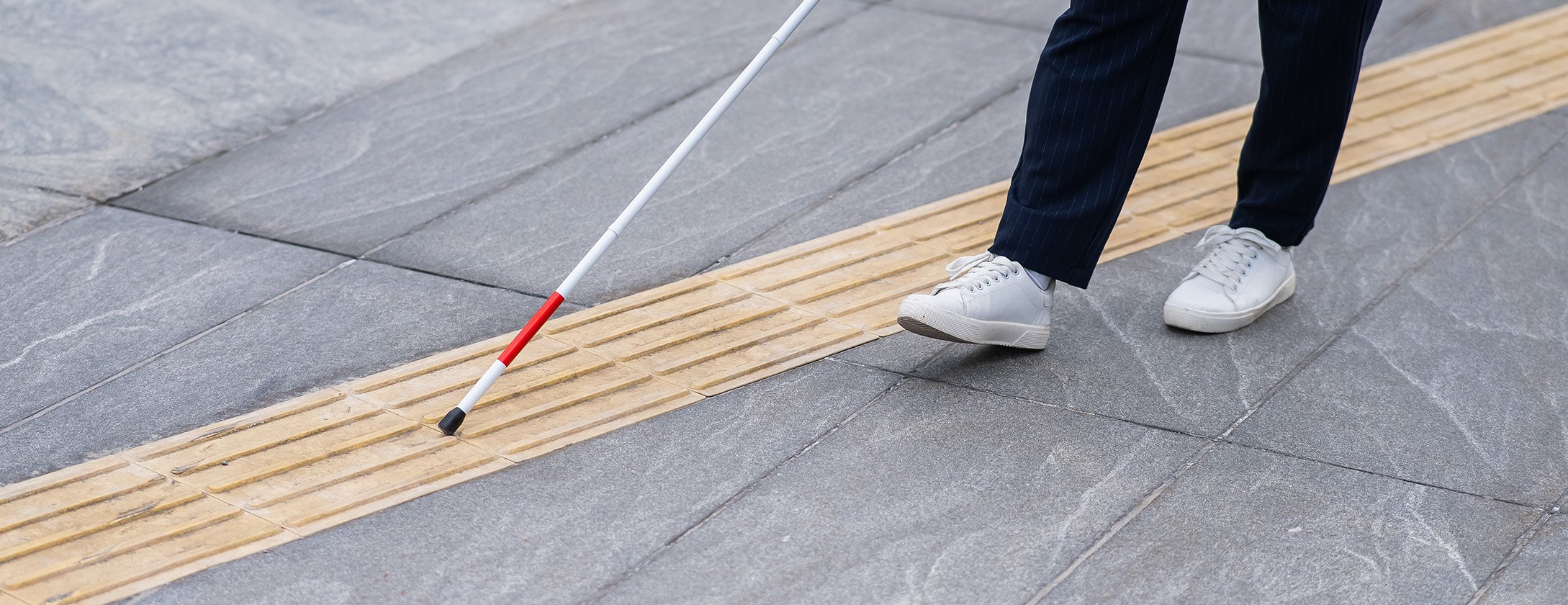
Future
Designing for Diversity and Inclusivity
November 27, 2023
"If you do not intentionally, deliberately and proactively include, you will unintentionally exclude."
Jean-Baptiste
Jean-Baptiste
Design affects the way we move, see, hear and communicate. People perceive, experience and interpret places differently. It is, therefore, imperative that we acknowledge this diversity and design for it.
There are mobility-impaired people, those with learning difficulties, mentally-challenged individuals, as well as people with visual and hearing impairments. Inclusive design removes barriers that create separation and enables everyone to participate confidently.
There are mobility-impaired people, those with learning difficulties, mentally-challenged individuals, as well as people with visual and hearing impairments. Inclusive design removes barriers that create separation and enables everyone to participate confidently.
Before we dive deeper, it is essential to understand accessibility and inclusivity. Accessibility refers to the removal of physical and environmental barriers, ensuring that spaces can be used by individuals with disabilities. On the other hand, inclusivity goes beyond physical accessibility and aims to embrace and celebrate the diversity of all individuals, accommodating a wide range of needs, preferences, and abilities.
These may include:-
1. Universal design: Designing for everyone, regardless of abilities
2. Designing for mobility: Creating barrier-free environments
3. Sensory considerations: Addressing visual, auditory, and tactile needs
4. Cognitive accessibility: Designing for individuals with cognitive impairments
5. Social inclusivity: Encouraging interaction and participation
We must understand that a single solution to suit everyone is unattainable – providing multiple options and considering various user scenarios is necessary. Design should facilitate the user’s judgement and precision.
These may include:-
1. Universal design: Designing for everyone, regardless of abilities
2. Designing for mobility: Creating barrier-free environments
3. Sensory considerations: Addressing visual, auditory, and tactile needs
4. Cognitive accessibility: Designing for individuals with cognitive impairments
5. Social inclusivity: Encouraging interaction and participation
We must understand that a single solution to suit everyone is unattainable – providing multiple options and considering various user scenarios is necessary. Design should facilitate the user’s judgement and precision.
It should be adaptable to the user’s pace and accommodate right- or left-handed access. Creating flexible and adaptable layouts can help modify spaces to meet different needs. Movable furniture and partitions can allow users to customise designs according to their requirements. Similarly, offering varied seating options like benches, chairs, and bean bags, allows users to choose what suits them best. Designing gender-neutral and universally accessible restrooms instils comfort as well.
Designers can incorporate assistive technology and devices to enhance inclusivity. When conveying information, offering multiple modalities can be beneficial. Providing visual, auditory, and tactile cues ensures the information is accessible. Users should be able to comprehend the design easily to ensure effective engagement. Organising data and elements intuitively and following patterns reduces the cognitive load. Using clear and straightforward language in signage, instruction, and communication is also useful.
Designers can incorporate assistive technology and devices to enhance inclusivity. When conveying information, offering multiple modalities can be beneficial. Providing visual, auditory, and tactile cues ensures the information is accessible. Users should be able to comprehend the design easily to ensure effective engagement. Organising data and elements intuitively and following patterns reduces the cognitive load. Using clear and straightforward language in signage, instruction, and communication is also useful.
It is important to eliminate complexity and facilitate ease of understanding. We should maintain visual consistency throughout the design using the same icons, symbols and colours. Multilingual signage and universally recognisable icons should be utilised to convey information, with sufficient contrast between text and background colours to improve legibility, especially for visually impaired users.
Lastly, it is essential to arrange elements to minimise hazards and provide safe fail features. Designing with error prevention in mind will help minimise confusion and frustration.
Lastly, it is essential to arrange elements to minimise hazards and provide safe fail features. Designing with error prevention in mind will help minimise confusion and frustration.
Combining functions in design is a powerful way to encourage socialising between different groups and foster a sense of community and connection. This integration can be achieved through various approaches. Parks, plazas, and recreational areas should be designed to welcome people of all abilities. Inclusive housing, with communal spaces and multi-generational living concepts, promotes interaction among residents of diverse populations.
Designing inclusive transit systems ensures that people of all ages and abilities can easily access and use them. Additionally, healthcare facilities should be designed to promote accessibility and comfort, supporting meaningful interactions between patients, visitors, and medical staff.
Designing inclusive transit systems ensures that people of all ages and abilities can easily access and use them. Additionally, healthcare facilities should be designed to promote accessibility and comfort, supporting meaningful interactions between patients, visitors, and medical staff.
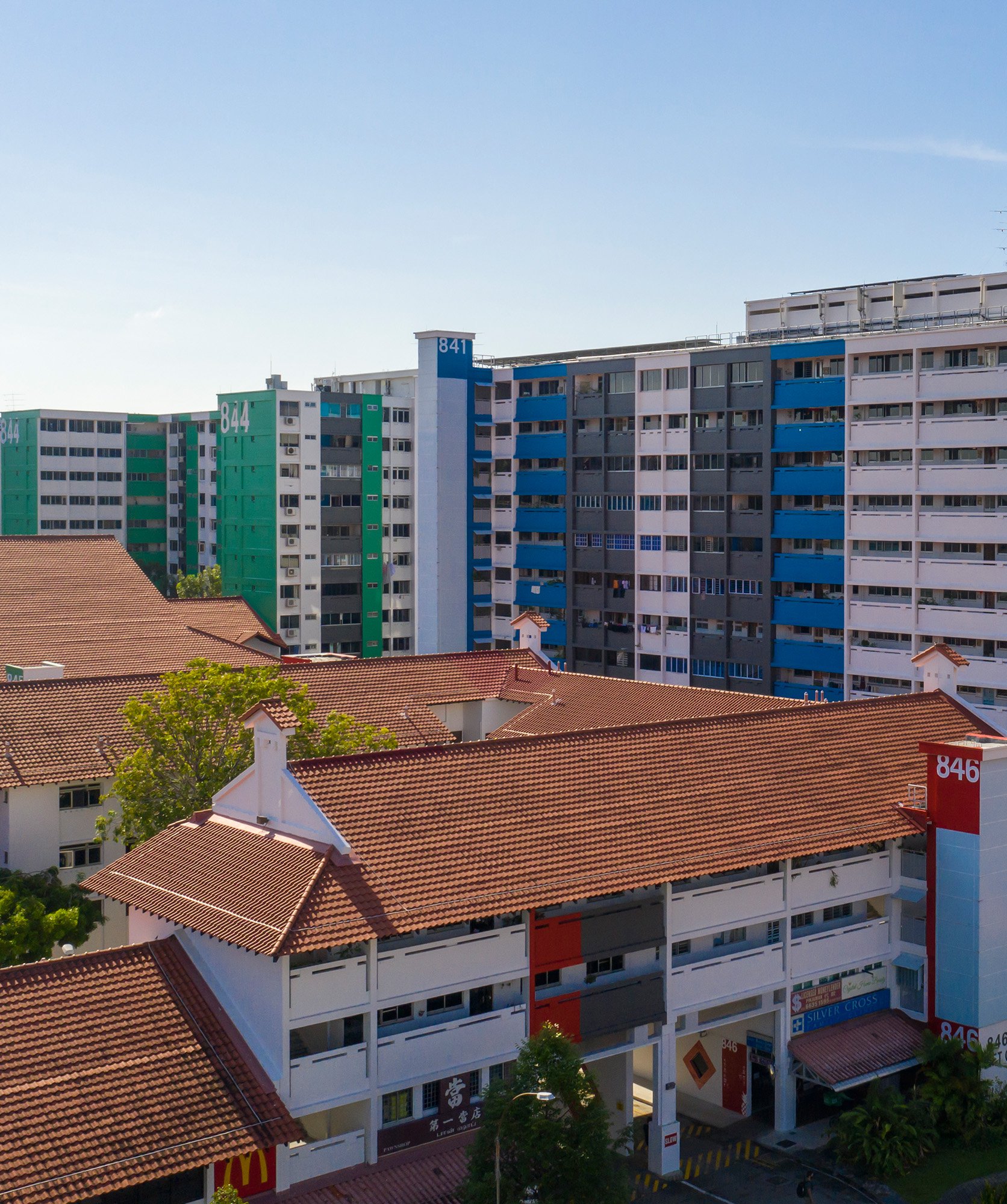
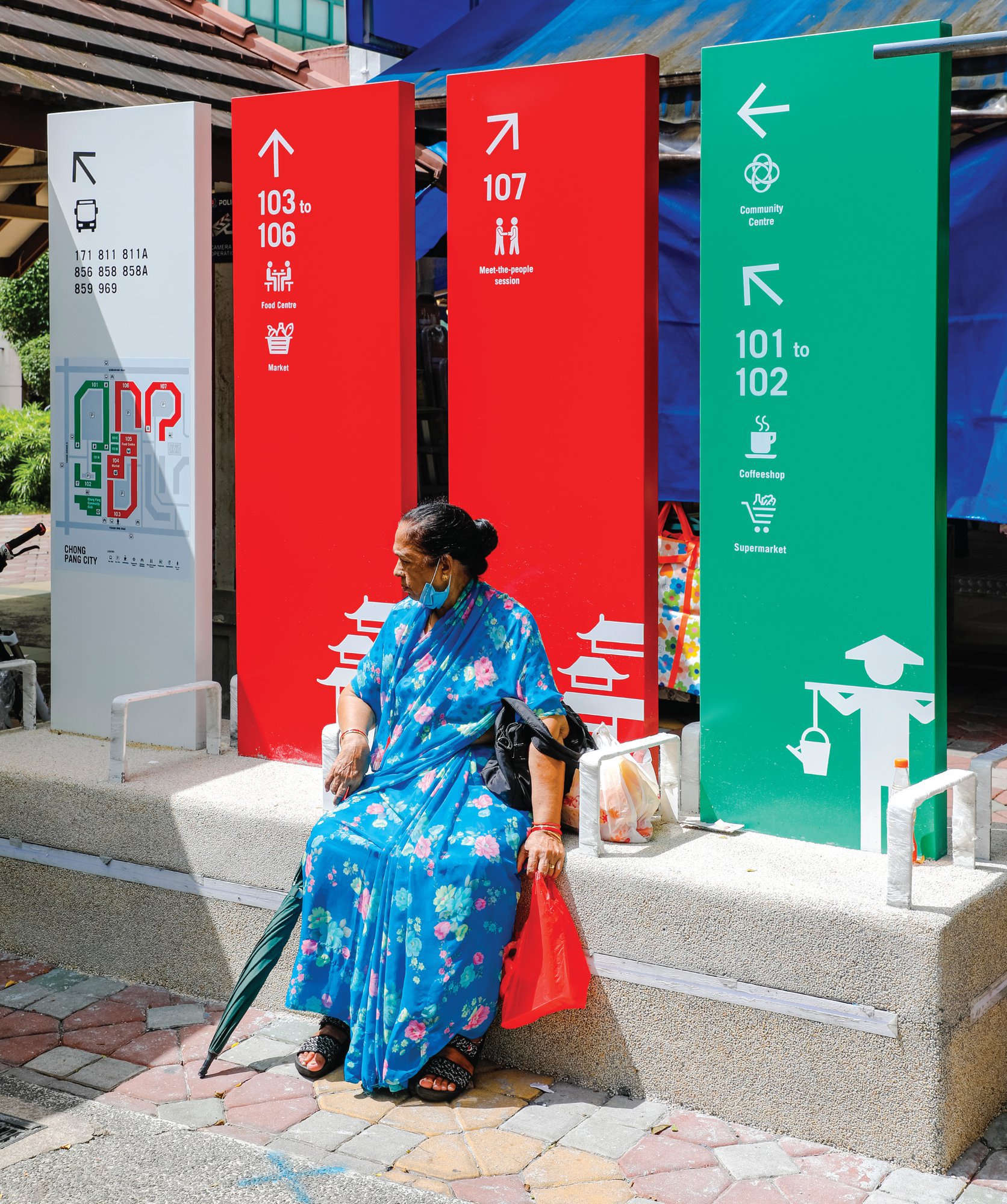
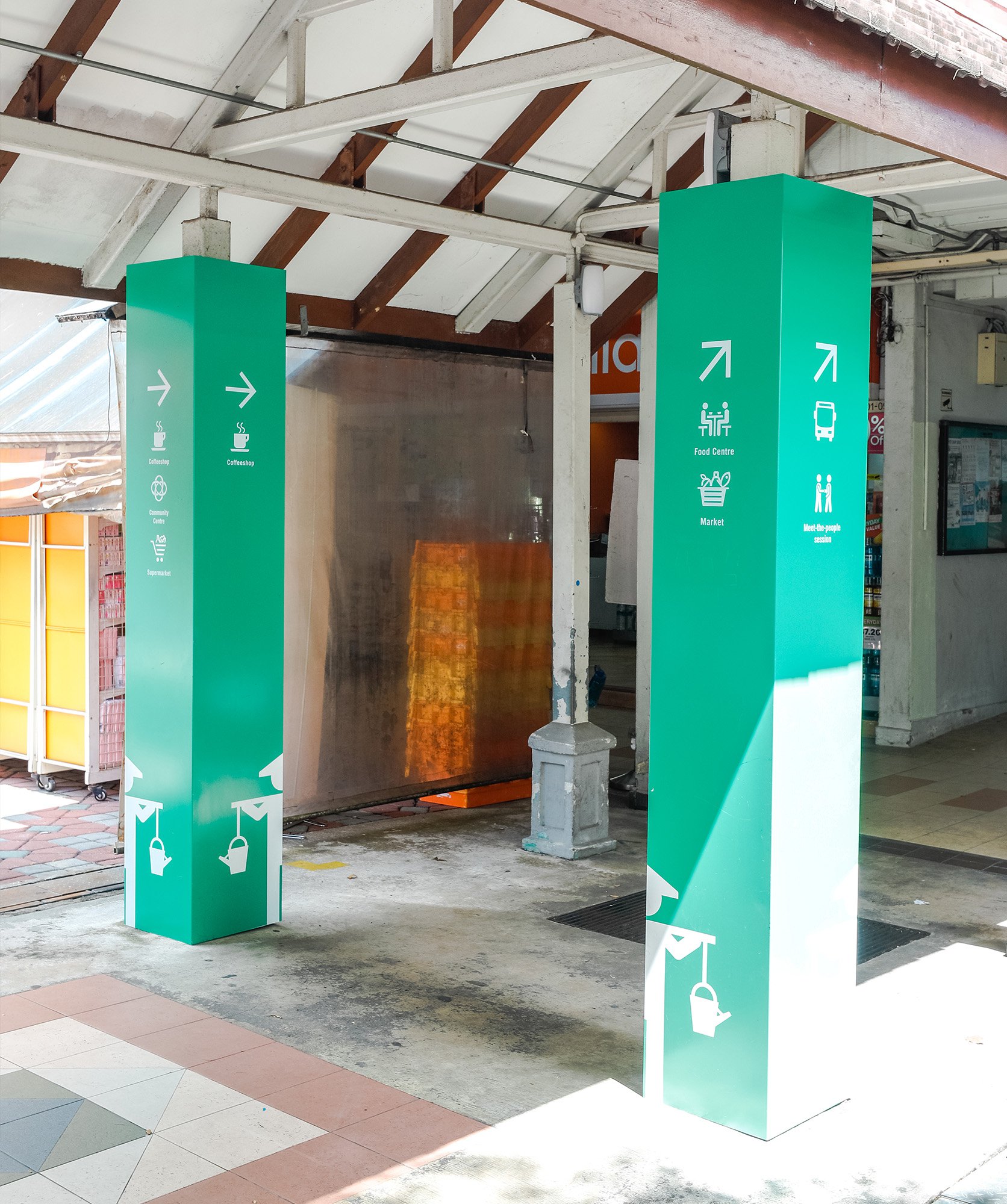
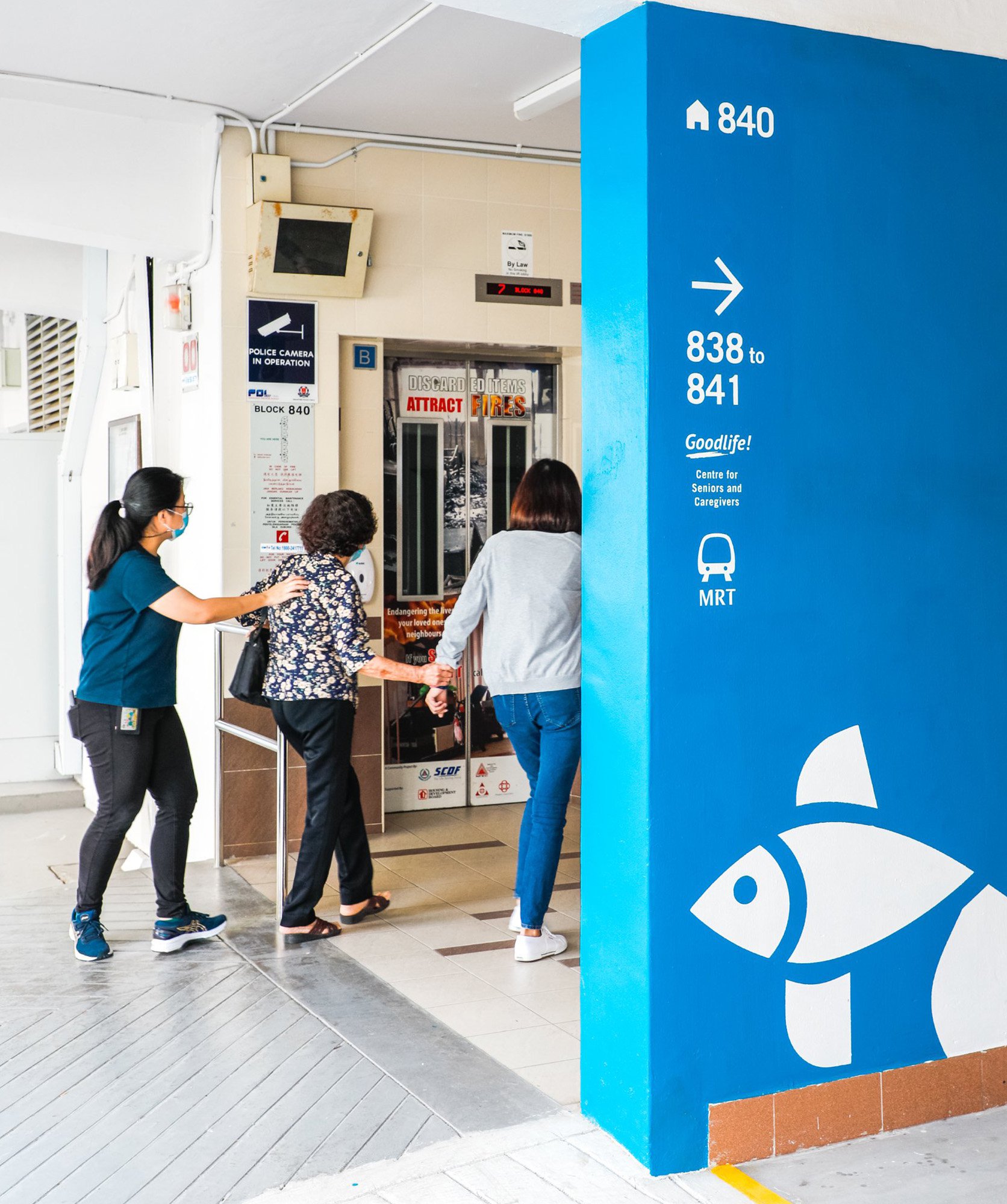
In 2020, IMMORTAL, the brand engagement arm under the the ONG&ONG group, had the opportunity to evolve Khatib Central into an inclusive, elderly-friendly neighbourhood through an interesting environmental wayfinding project. The system was co-designed by community stakeholders, healthcare practitioners and design consultants. Research indicates that seniors and patients with dementia respond well to colours and symbols. Therefore, the buildings are distributed into three zones – red, blue and green so they can be easily distinguished. Large colour-coded signage also helps the residents navigate the area better. Retailers in the area are trained to assist people with dementia. This wayfinding system has helped those with dementia maintain independence while navigating.
By designing spaces focusing on accessibility and inclusivity, architects and urban designers can create environments that promote social interaction and inclusion amongst diverse groups.
The synergy between these spaces not only enriches the lives of individuals but also strengthens the fabric of the community. We can build a more connected and cohesive society through thoughtful design.
The synergy between these spaces not only enriches the lives of individuals but also strengthens the fabric of the community. We can build a more connected and cohesive society through thoughtful design.